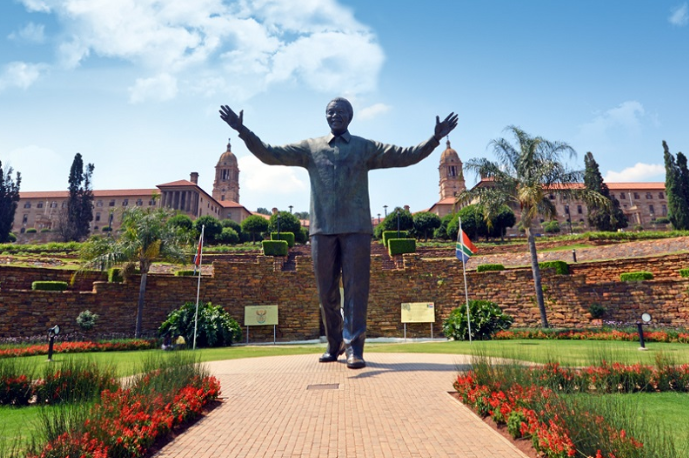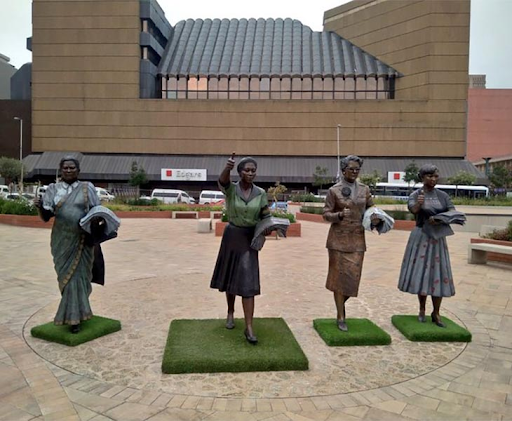Climate change is not a future projection anymore. It belongs to the present, and tourism can be part of the solution. Learn about how tourism can make communities more climate resilient.
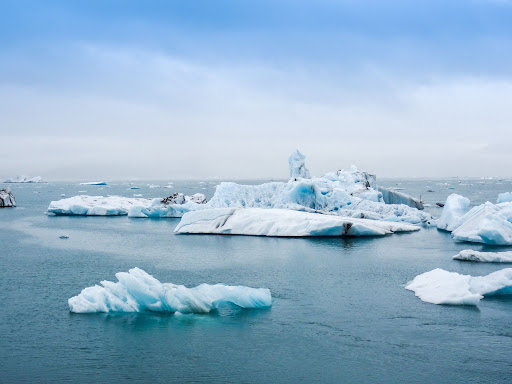
Rising sea levels, floods, biodiversity loss, tropical storms, and droughts are extreme weather events the world is experiencing nearly every day. Earth’s climate is undeniably changing and putting communities around the world at high risk. The past decade set a tragic record of being the warmest measured, and the average temperature increased by 1.2 degrees compared to pre-industrial levels. The effects of this change are becoming more visible as glaciers are melting causing sea levels to increase and natural catastrophes to take place more frequently. Although more efforts and investments are being done to decarbonize, global greenhouse gas emissions have continued to increase over the past few years, requiring more drastic and urgent actions for nations to become climate resilient. However, tourism can make communities more climate resilient
The effects of the changing climate can be observed worldwide, including in many popular tourism destinations. Some examples are Caribbean islands are increasingly in danger because of higher sea levels and tropical storms, horrible droughts in Africa are intensifying, and the Great Barrier Reef in Australia is losing its precious coral reefs thus risking its status as a UNESCO World Heritage SIte.
The tourism industry depends on the quality of clear beaches, cities and nature to attract visitors. The tourism industry is at high risk from climate change. Unfortunately, the countries that are most dependent on tourism as a means for economic development are facing the greatest threats and challenges, with Small Island Development States (SIDS) being one of the most endangered regions.
Nevertheless, the relationship between tourism and climate change is complex. Research shows tourism is responsible for 8% of global greenhouse gas emissions, mostly due to transportation. With the massive growth in tourism arrivals, prior to the COVID-19 pandemic, and increasing long-distance trips, this development has persisted and is expected to increase even further. Thus, tourism is at risk due to the changing climate, but also contributes to the negative impacts on the environment, natural habitats and biodiversity.
The communities dependent on tourism incomes conversely need the money for their survival while living with the negative impacts caused by the tourism industry. Thus, with climate change worsening, the need to become more climate resilient must be the ultimate goal for destinations to secure their precious environment and communities’ livelihood for the future.
How tourism can make communities more climate resilient
The tourism sector has immense potential to be a role model in carrying out climate resilient initiatives. Fortunately, tourism is more than a mere industry – it is a dense network of interrelated stakeholders always open to collaborating to solve complex issues, such as climate change. By joining together and working side-by-side, tourism actors can mitigate their environmental footprints and help local communities and their respective natural areas. Ultimately, performing sustainable practices and spreading responsible knowledge will not only safeguard biodiversity, regulate the climate, and ensure life on Earth, but will also help communities – shaping them to be more climate resilient.
At Solimar International, we have always acknowledged that, when done properly, tourism can be a force for good. Sustainable tourism contributes to economically sustainable growth, while also sharing knowledge to empower communities and preserve their natural resources. After all, by striving to improve the destination and bringing it closer to its pure and untouched state, our conception of tourism goes beyond “sustainability” i.e. merely keeping the status quo. At Solimar, we are moving towards the regenerative tourism movement, recognizing that tourism should adopt an active role in making destinations better than they were found. Undeniably, climate change must be tackled now if we wish to guarantee the continuance of the tourism sector, attain the Sustainable Development Goals in 2030, and replenish the Earth.
How can tourism stakeholders increase climate change resilience?
Integrating climate resilient initiatives into development strategies is necessary to prepare destinations and communities to brace for future disasters and climate change. There are plenty of ways to regenerate destinations, from investments for innovation and research, to design and planning. The World Bank Resilient Tourism Framework is a great guiding method to do so, illustrating five steps to build effective industry resilience.
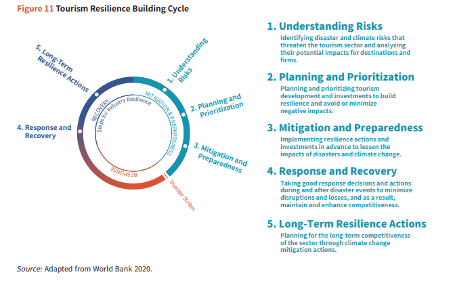
More specifically, there are numerous industry-led and destination management examples of measures that prove that many in our sector have already been doing great work. Here are examples of regenerative tourism actions, which any tourism stakeholder can take inspiration:
1. Coral reconstruction and mangrove restoration efforts to regenerative destinations
These actions, as well as beach and oceans clean-up actions, are perfect examples of how the lodging sector, tour operators, DMOs, and local businesses can increase the protection of natural resources through conservation initiatives. Coral reefs and mangroves form part of our biodiversity, attract tourists, and most importantly, protect us against waves and storm surges. Check out how the Hilton Hotel is working towards environmental sustainability in Seychelles here.
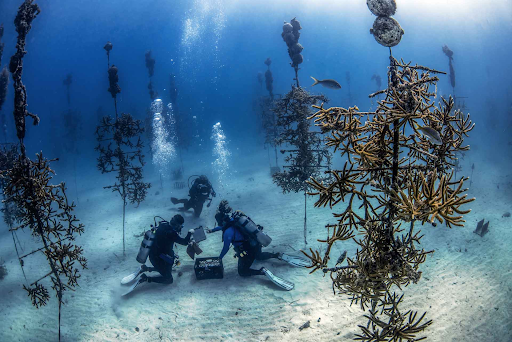
2. Investing in more resistant materials or shifting to more inland construction
Recent hurricanes in the Caribbean have demonstrated how higher sea levels and storms are increasingly threatening these delicate island ecosystems. Instead of building and designing the usual seaside infrastructures, it is time to rethink the business models and take into consideration damaging hazards and sea-level rise.
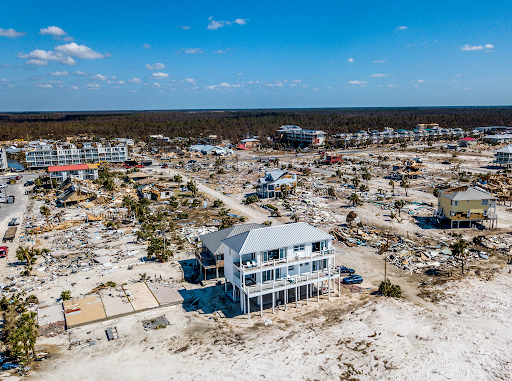
3. Decarbonize to level zero
Tourism must decarbonize to level zero to meet pledges made in the Paris Agreement, and reducing carbon emissions needs to become a strategic priority in the whole sector. With increasing technological advances and social innovation, alternative energy-efficient systems have become a reality and integrated into ecotourism and reduce ecological footprint. The Future of Tourism Coalition has recently held an interesting webinar about preparing a climate action plan and measuring your carbon footprints.
4. Local sourcing, local sourcing, local sourcing.
Thinking local is key to increasing climate resilience. Not only tourists will find more authenticity in their experiences, but communities will also be brought to the forefront through the supply chain of any business (food, workers, products, traditions, and heritage). Moreover, this inevitably reduces carbon footprint and gives more opportunities to embrace the sustainable circle economy, provide support, training, and education.
5. Eliminate seasonality dependence
As tourism jobs are usually low-paid, efforts to get rid of seasonality dependence is one example to sustain the economy and empower the communities by providing long-lasting jobs instead of the usual limited seasonal contracts.
Do not forget that tourism would not exist without the extremely rich biodiversity we live in and depend upon. Climate change is everyone’s problem – and tourism can also be part of the solution.
Solimar International has led several similar projects that are designed to help tourism businesses and institutions lower their environmental footprints and meet sustainability standards. In the project of the Sustainable Island Platform our goal is supporting innovative development for island territories with a focus on the blue economy and circular economy. Making those threatened communities less vulnerable to climate change is the aim that we follow while increasing the visibility of innovative business strategies that can help communities secure their livelihoods. If you think your business or destination also needs such support, contact us to find out how our expert team can help you.
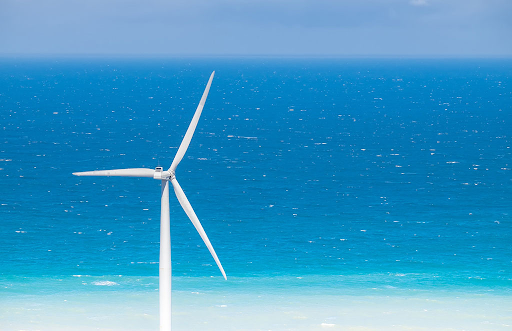
Written by Lena Eckert and Amélie Keller

